Future Solar Technologies for Zimbabwe
- frontiersolarzw
- May 25, 2025
- 2 min read
While rooftop panels are growing fast, new solar technologies could also make a big impact in Zimbabwe:
Floating solar on dams: With Kariba Dam’s hydropower output dropping from drought, Zimbabwe and Zambia are exploring floating solar panels on the reservoir. A feasibility study funded by the African Development Bank is underway (due early 2025). Meanwhile, a 1,000 MW floating solar project is planned on Kariba (construction expected by 2026). Floating solar arrays reduce water evaporation and can boost power by tens of MW without using land. This could stabilize the grid during dry spells.
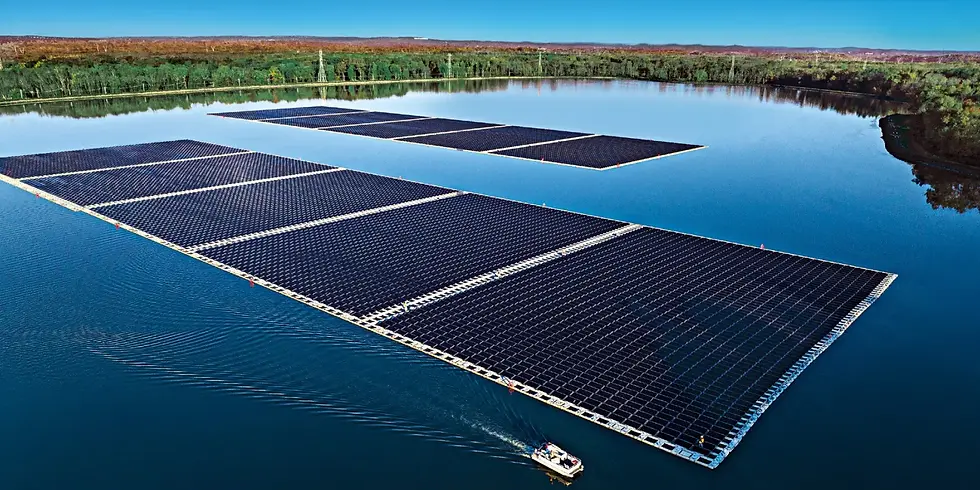
Bifacial panels: Traditional panels capture sunlight on one side, but bifacial panels generate from both sides. In practice, a bifacial module on the roof or a carport can absorb reflected light from the ground, gaining 10–15% more energy (even up to ~27% more with a tracking mount). In Zimbabwe’s bright environment (especially on a light-colored surface), bifacial modules could outproduce conventional panels. They are more costly upfront, but the extra watt-hours can be worth it on large installations.
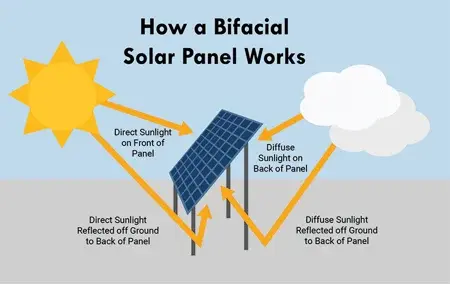
Smart solar and storage: Not exactly hardware, but new software systems (IoT sensors, smart inverters) are becoming available. These optimize panel angles, predict cloud moves, and manage battery charging to extend life. For example, Sun tracking mounts can add yield, and hybrid inverters can switch between grid and batteries seamlessly. As prices fall, these smart systems may enter Zimbabwe too.
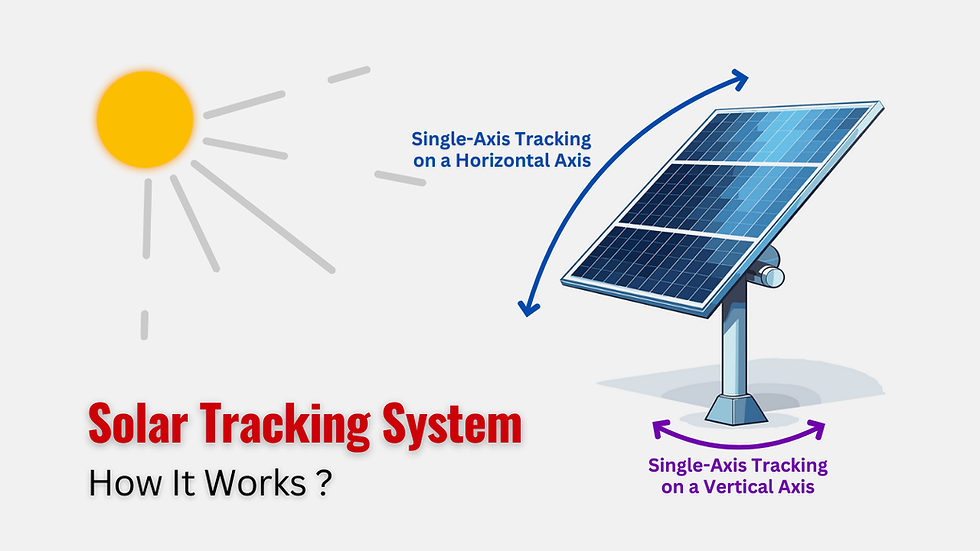
Other emerging ideas: Research worldwide is exploring solar glass windows, solar roofing tiles (e.g. Tesla Solar Roof), and new “perovskite” cells that promise higher efficiency. While still experimental, companies should watch these trends. For now, focusing on proven high-quality panels (mono- or bifacial) and reliable inverters is safest.
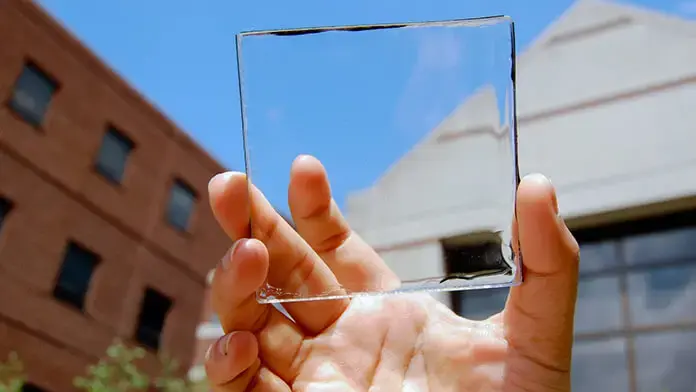
In summary, the future holds more options for Zimbabwe: giant floating plants on Kariba, taller bifacial farms, and smarter controllers. When evaluating new tech, ensure products meet IEC standards (and that installers are trained). Frontier Solar keeps an eye on these innovations and can advise when it’s practical to adopt them. Today’s installations use mature technology, but tomorrow’s solar in Zimbabwe could include these next-generation systems.
What technology excites you the most?
Floating Solar
Solar Tracking
Bifacial Panels
Transparent Cells

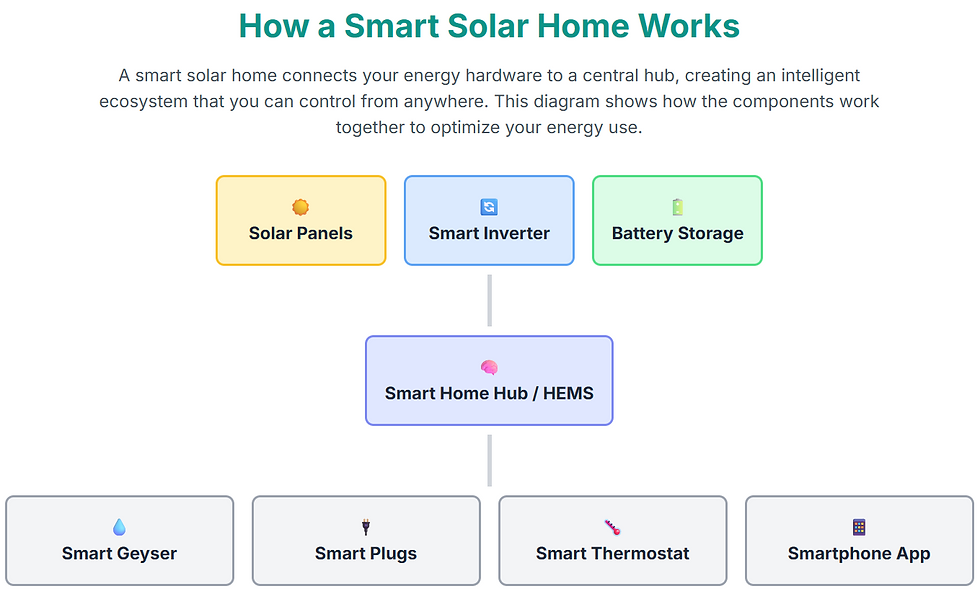

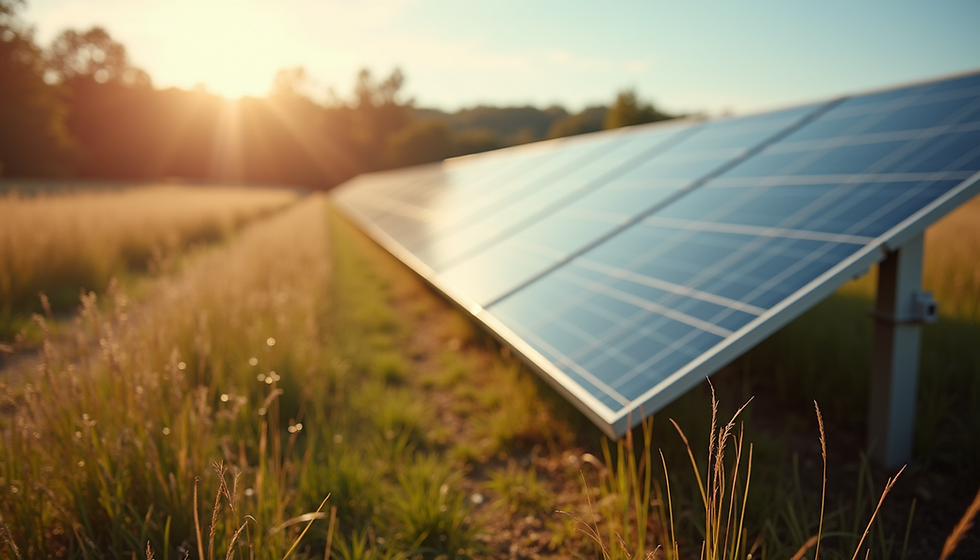
Comments